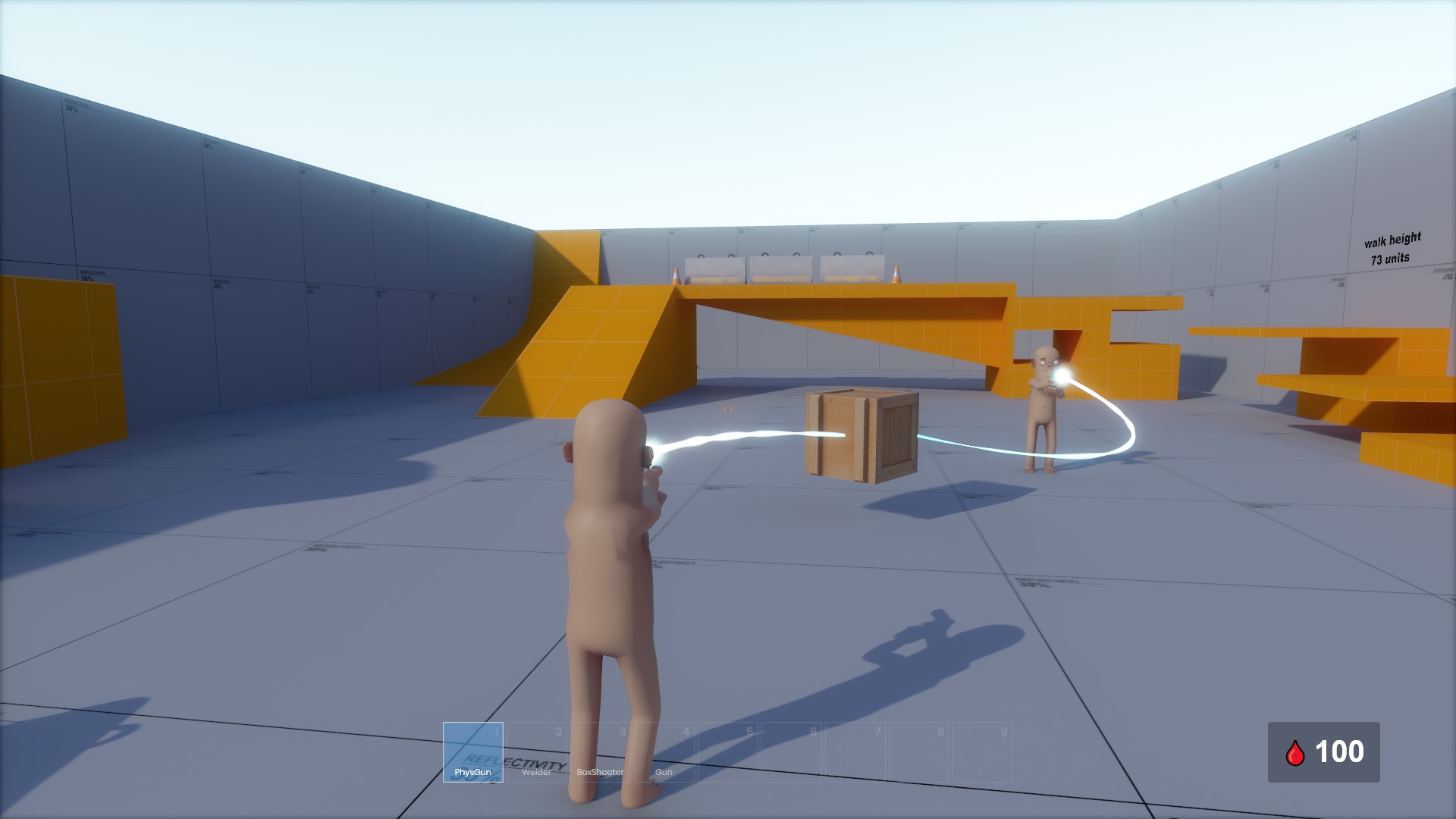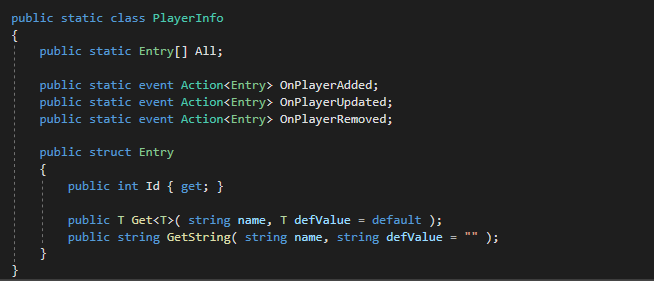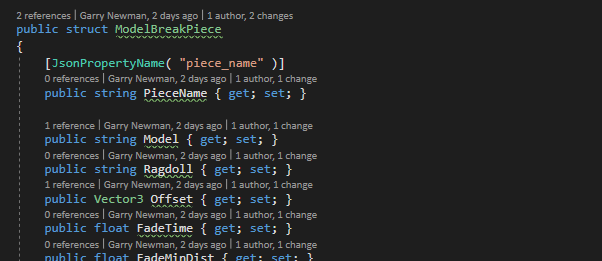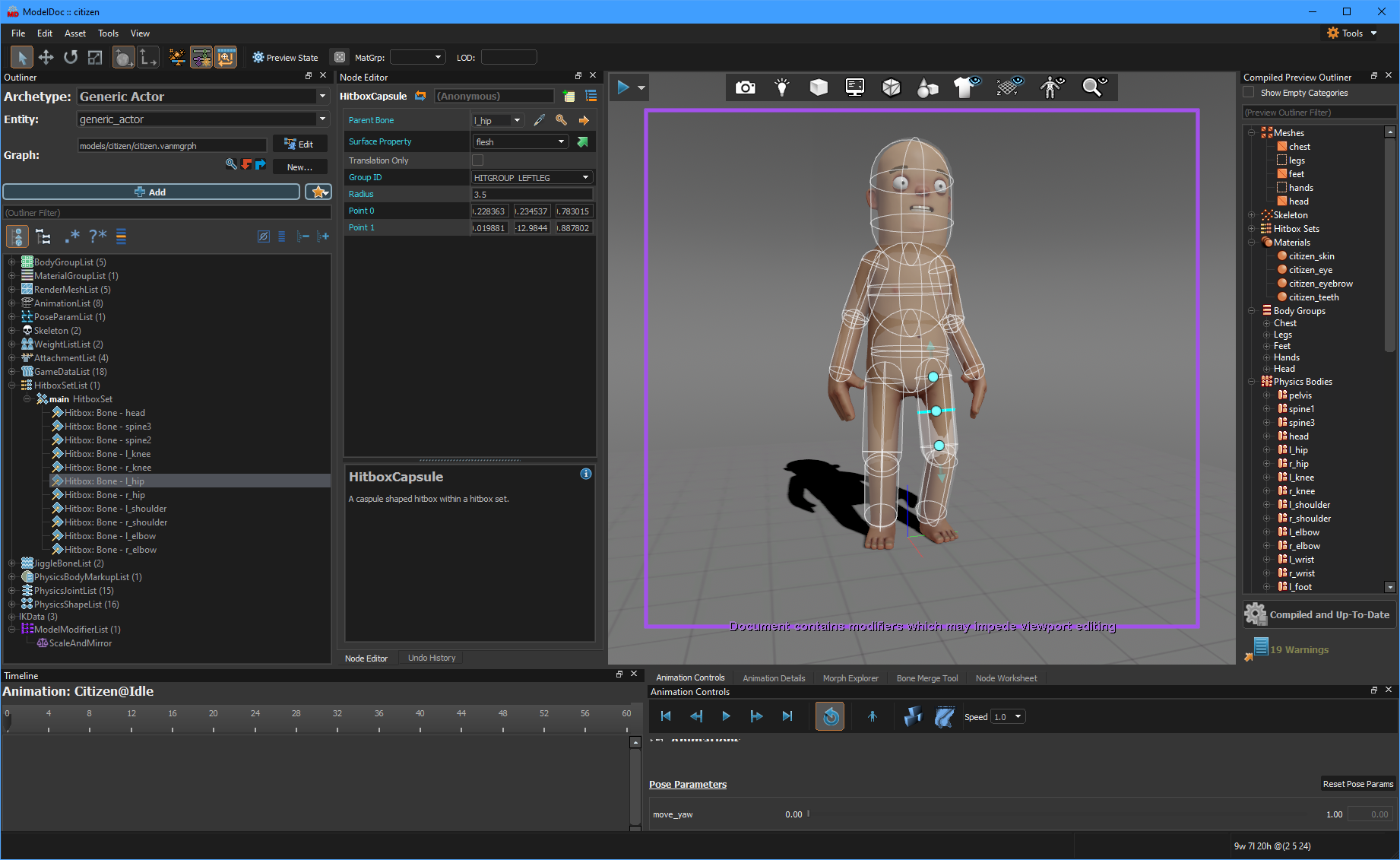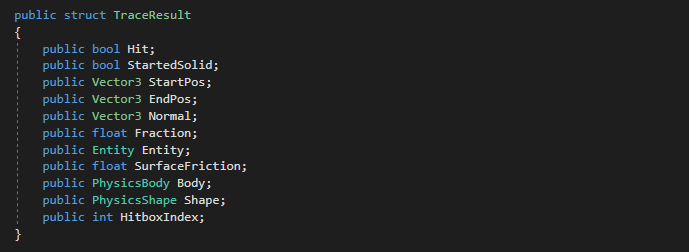On the side I've worked on some small graphical changes that I believe benefit greatly the quality of life of the game.
Remember that cool thing from CS:GO where your hands and carrying weapon are self shadowed? I wrote our version of that this month, it's very cheap and will just work with anything you throw at it, there's no longer shadow disparity on your world playermodel and what's on your hand.
I've iterated on the proxy AO pass to have better fidelity and work better for simulating diffuse shadows, the result approximates close to the ground truth reference and it's still cheaper than any SSAO, the calculation is done entirely analytically.
I'd like to avoid screen space depth effects as much as possible, they're often expensive and don't look that great compared to solutions like these.
We're using Forward Shading, while it makes things really perfomant, the way things are set up right now can take a while to iterate on complex effects, we'll probably be doing a pass of cleaning up a lot of these shaders soon, I've already deleted a lot of rendering code that was not relevant for what we are building and it's been helping me to move forward faster.
As a bonus, remember last post where we mentioned shader authoring workflow? Shaders now also just automatically hot compile on save similar like C# code and are compiled on it's own exclusive thread while so.

